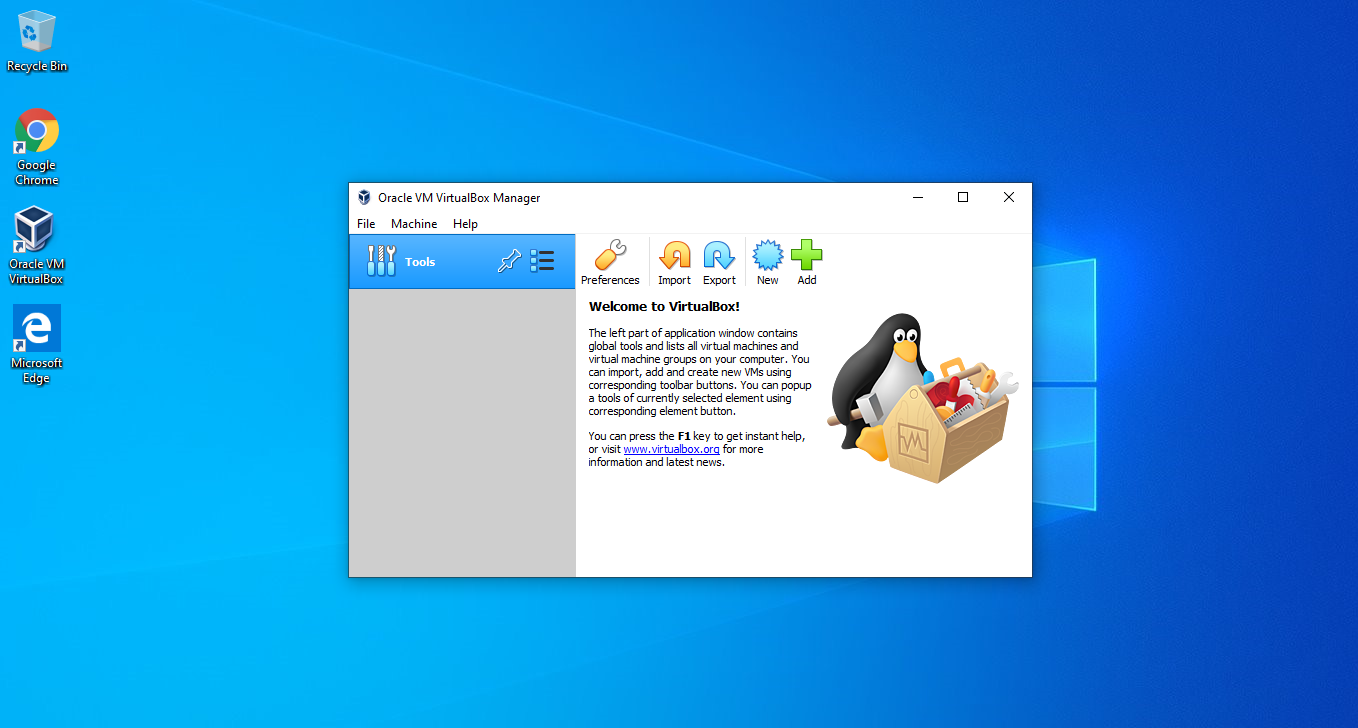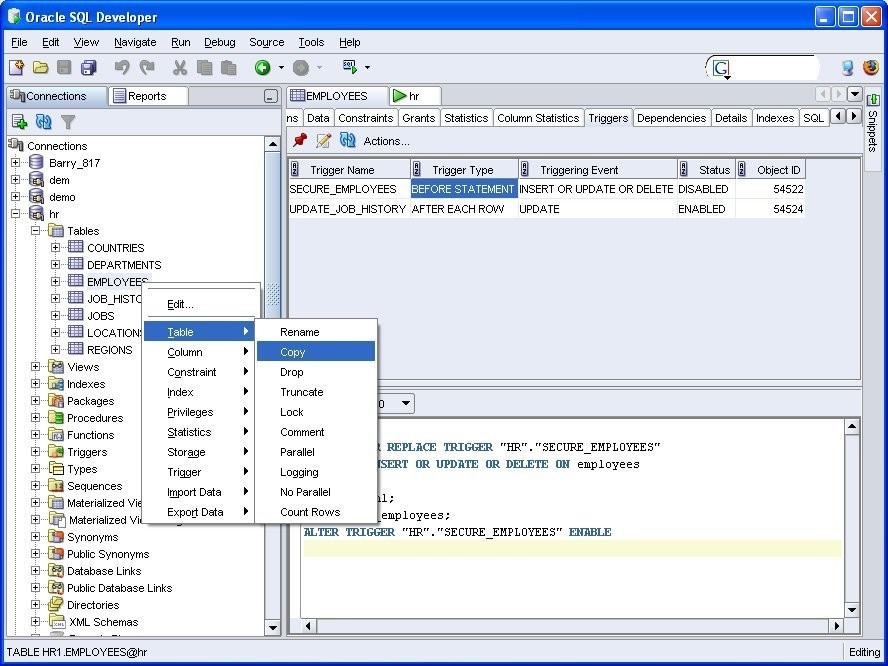

However, to actually be able to use the machine to do something, you will probably need a bit more. Now, on the RAM screen, it says 2 GB RAM is the recommended amount. Type in a name and make sure Type and Version are set to “Mac OS X” (64-bit for Version). zip file, and extract the contained ISO file to your favorite destination. Part 1 (this) will show you how to get the ISO and set up the machine, part 2 will help you fix the commonly-experienced lag issue, and finally, part 3 will help you fix the screen resolution.įirst off, download this 5.1 GB.

If you're worried about performance or power use I'd suggest you start with a VM and see how you get on you can always add Bootcamp later and even move the data across if you want to go down that route.ġ You could try to hack something together of course it's been done before with 10g but I haven't seen anyone trying it recently so it may not be as easy on Yosemite and 11g/12c.This is going to be a three-article series to get you set up and functioning with OS X Yosemite in VirtualBox. Using a pre-built image saves you needing to learn how to install the database server software, and also makes it easier to go back - if you really mess something up you can trash it and start again fairly simply.

You can also install Windows or Linux on Bootcamp or in your own VM in Virtualbox, Parallels or VMWare and then install Oracle natively. If you only have access to a Mac then the simplest route is still as noted before, to install VirtualBox and one of the pre-built VM images Oracle provides. It just allows developers to use a Mac instead of forcing them on to a Windows or Linux PC. You can use SQL Developer on a Mac to connect to a database running on Windows or Unix/Linux etc., so it still has a place the fact you can't have a local server running on the same hardware isn't really relevant for most people. app bundle and there are some application difference from the Windows version, but they don't have to worry about different architecture, system libraries, etc. They obviously have to do some work to have a. Java's write-once-run-anywhere may not be entirely true, but it's still likely to be rather less work to support a relatively small Java application than a natively-compiled beast like an full RDBMS. SQL Developer is a Java application, and requires a JVM/JDK to be installed. I seem to recall its demise roughly coincided with Apple dropping their Xserve line, but I may have imagined that.Ī client like SQL Developer is a very different proposition from a support perspective. Oracle made a decision some time ago not so support it any more, presumably because it wasn't used enough to justify the costs involved. You can't install the database server software directly on OS X 1.


 0 kommentar(er)
0 kommentar(er)
